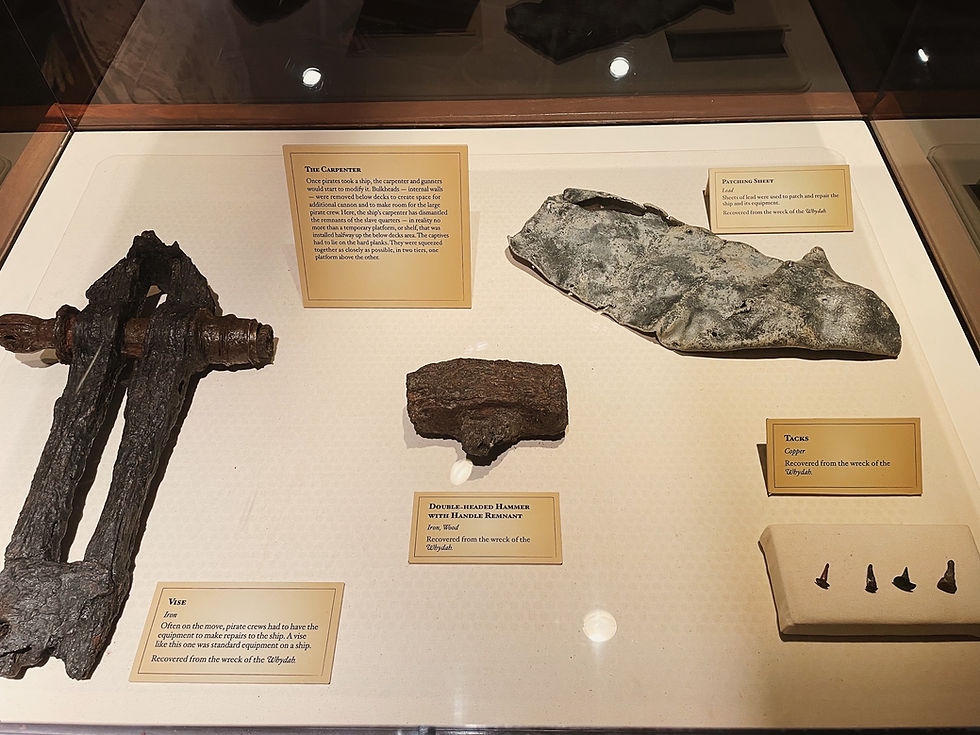Baby Walkers
- marcsitkin
- Aug 13, 2020
- 3 min read
Updated: May 12, 2023

Plate 1
Excerpted from The Chronicle, Vol. 23, No. 1, March 1960
by Edward Durrell
Perhaps you could not call a baby walker a tool but it certainly isn't a toy and I am sure in the pioneer days, when baby sitters were many miles away and mother needed both hands, both feet, and a good head to accomplish each day the myriad of things she had to do herself, that baby walkers or tenders were devised, developed, and made by father for everyday use. I am showing two from the collection of The Union Fork and Hoe Company, Columbus, Ohio.

Plate 1A
Plate 1 shows a type that is probably still in use. This old one has indications that it was made in a small shop for resale because each ring is cut from a single board and the bottom one would have required a board 28-1/2" wide. The top ring, through which the toddler was inserted, is 7 H" inside and the bottom ring 28" in diameter outside. Height from floor to top of ring was originally 19". It had four casters but only one remains. They had been blocked up one inch, probably to compensate for the child's growth. The two rings are partially covered with tin, but I am sure they are repairs as the upper ring would have had to be padded or a heavy jacket worn by the baby to protect it from the rough edges! The spindles are pine and appear to have been hand shaved. Plate 1A illustrates the position of the baby in the crawler. We have had this item for 25 years (before I kept records) so we do not know when, or from whom it was acquired.

Plate 2
Plate 2 illustrates an unusual type; perhaps unique. The design was possibly conceived by the maker from the devices used by the farmer to furnish power for grinding, etc. You know the type wherein the farmer hitched his horse or ox to a pole as the animal walked around and around he made the vertical post turn which, if properly geared, would grind corn. This device kept a toddler in a limited area. The base originally had two small holes at opposite corners so it could be fastened to the floor. Height of arm is 15". The iron three-quarter ring is hinged at the outer end and could be swung open to receive the youngster. The inner end of the ring is fastened to the swinging arm by a wooden pin. The cloth tape was not, in my opinion, on the iron ring originally.
When not in use the arm, its support, and the top of the spindle could be removed for storage and the balance of the spindle and the base could be left fastened to the floor.
The wood is burly maple. The two parts of the spindle are lathe-turned but the bottom of the top piece is rounded by whittling to fit into the hollowed out bottom piece. There is a 3/4" pintal in the center of the bottom piece to fit the hole in the top piece.

Plate 2A
Handmade nails fasten the base to the spindle. One of the two screws used to fasten the supporting brace is, I believe, original. It is of the old style blunt end type. Plate 2A illustrates the method this device was used.
The device came from central New York State and was secured in 1958. I would date it in the early 1800s.




Comments